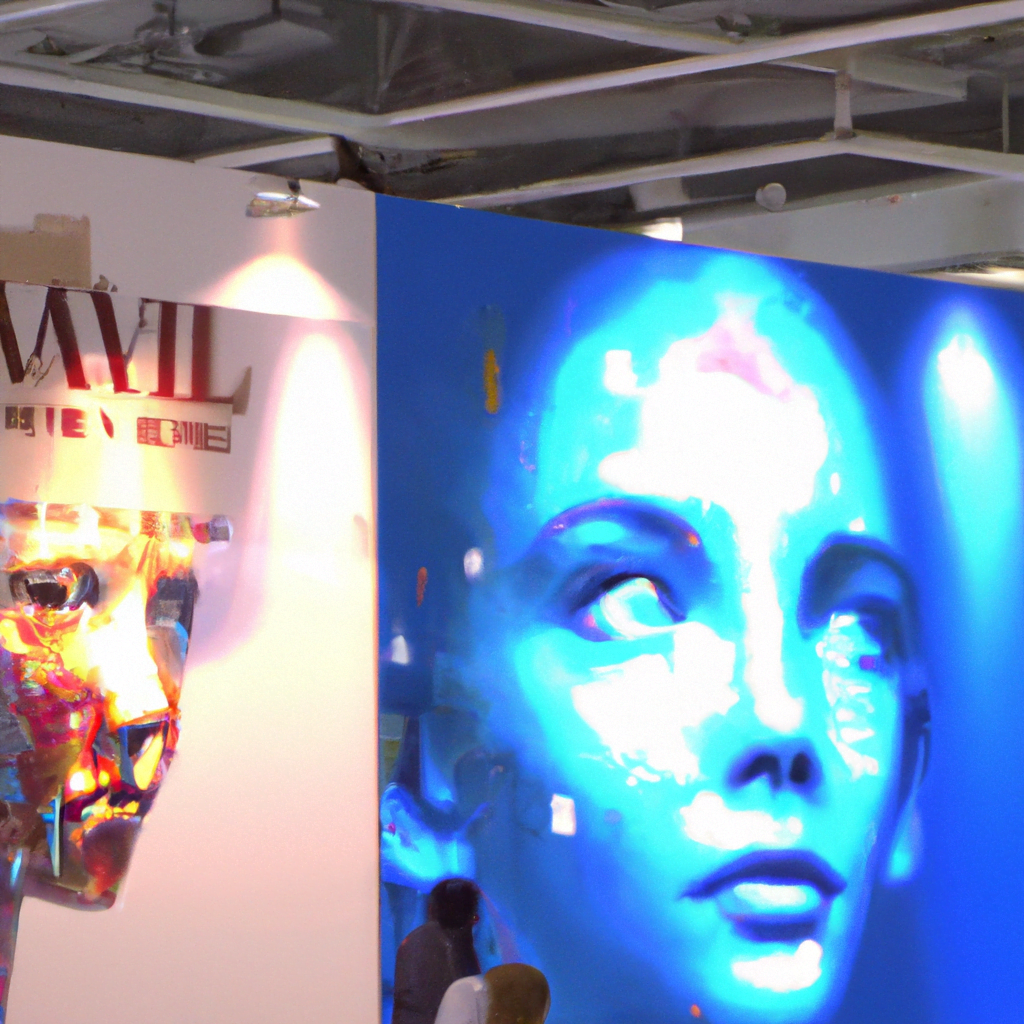
AI in Exhibition Booth Design: Personalization and Interactivity

Exhibition booths have long been a staple of marketing and promotional efforts for businesses across various industries. These booths serve as a platform for companies to showcase their products and services, engage with potential customers, and create brand awareness. In recent years, the integration of artificial intelligence (AI) in exhibition booth design has revolutionized the way businesses interact with their audience. This article explores the benefits and applications of AI in exhibition booth design, with a focus on personalization and interactivity.
The Rise of AI in Exhibition Booth Design
Artificial intelligence has rapidly advanced in recent years, enabling businesses to leverage its capabilities in various aspects of their operations. One such area is exhibition booth design, where AI is being used to enhance the overall experience for both exhibitors and attendees. By incorporating AI technologies, businesses can create personalized and interactive booth designs that leave a lasting impression on visitors.
Personalization in Exhibition Booth Design
Personalization is a key aspect of effective marketing, and AI plays a crucial role in achieving this in exhibition booth design. AI algorithms can analyze vast amounts of data, including customer preferences, demographics, and behavior patterns, to create personalized experiences for booth visitors. By understanding the unique needs and interests of each individual, businesses can tailor their booth design, content, and interactions to maximize engagement and conversion rates.
For example, AI-powered facial recognition technology can identify visitors as they approach a booth and provide personalized greetings or recommendations based on their previous interactions or purchase history. This level of personalization creates a sense of exclusivity and makes attendees feel valued, increasing their likelihood of engaging with the booth and the brand it represents.
Interactivity in Exhibition Booth Design
Interactivity is another crucial element in exhibition booth design, as it encourages engagement and creates memorable experiences. AI technologies enable businesses to incorporate interactive elements into their booth designs, such as touchscreens, virtual reality (VR) experiences, and chatbots.
For instance, a booth equipped with AI-powered touchscreens can allow visitors to explore product catalogs, watch videos, and interact with virtual product models. This not only provides a hands-on experience but also enables businesses to collect valuable data on visitor preferences and interests. By analyzing this data, companies can further refine their marketing strategies and product offerings.
Chatbots are another popular AI tool used in exhibition booth design. These virtual assistants can engage in real-time conversations with booth visitors, answering their questions, providing product information, and even assisting with purchases. Chatbots can handle multiple inquiries simultaneously, ensuring that every visitor receives prompt and personalized attention.
Case Studies: Successful Implementation of AI in Exhibition Booth Design
Several companies have already embraced AI in their exhibition booth designs, reaping the benefits of personalization and interactivity. Let’s explore a few notable case studies:
1. Company XYZ: Boosting Engagement with Personalized Recommendations
Company XYZ, a leading technology firm, incorporated AI algorithms into their exhibition booth design to enhance visitor engagement. By analyzing customer data, including past purchases and browsing history, the AI system generated personalized recommendations for each visitor. These recommendations were displayed on interactive screens, allowing visitors to explore relevant products and services. As a result, Company XYZ witnessed a significant increase in booth engagement and a higher conversion rate.
2. Company ABC: Creating Immersive Experiences with VR
Company ABC, a fashion retailer, leveraged AI and virtual reality (VR) technology to create immersive experiences in their exhibition booth. Visitors were able to virtually try on different outfits and accessories, providing them with a realistic sense of how the products would look and fit. This interactive and personalized approach not only attracted a large number of visitors but also generated buzz and media coverage, resulting in increased brand visibility and sales.
The Future of AI in Exhibition Booth Design
The integration of AI in exhibition booth design is still in its early stages, but the potential for growth and innovation is immense. As AI technologies continue to advance, we can expect to see even more personalized and interactive booth designs in the future.
Some potential future developments include:
- AI-powered holographic displays that create lifelike representations of products and services.
- Advanced natural language processing (NLP) capabilities in chatbots, enabling more human-like conversations.
- Real-time data analysis and predictive analytics to optimize booth design and marketing strategies.
- Integration of AI with Internet of Things (IoT) devices to create seamless and personalized experiences.
Conclusion
AI has revolutionized exhibition booth design by enabling personalization and interactivity. By leveraging AI algorithms and technologies, businesses can create personalized experiences that cater to the unique needs and interests of each visitor. Interactivity, facilitated by AI-powered touchscreens, VR experiences, and chatbots, enhances engagement and provides valuable data for further marketing strategies. Successful case studies have demonstrated the effectiveness of AI in exhibition booth design, leading to increased engagement, conversions, and brand visibility. As AI continues to advance, the future of exhibition booth design holds even more exciting possibilities for personalization and interactivity.
